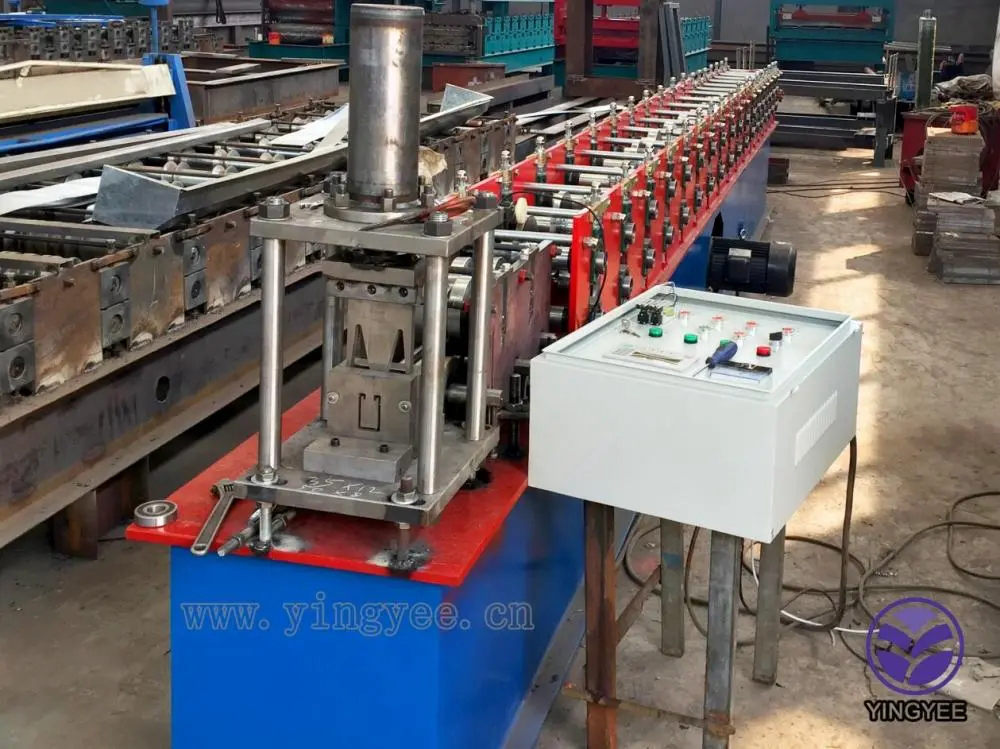
Understanding AASHTO Guardrail Cold Bending Machines
In the realm of highway safety and road infrastructure, guardrails play a pivotal role in preventing vehicles from veering off the road and reducing the severity of collisions. As road design standards continue to evolve, the American Association of State Highway and Transportation Officials (AASHTO) has outlined a set of guidelines that govern the design and implementation of guardrails. An essential component of this process is the cold bending machine, a specialized tool used in the fabrication and installation of guardrail systems. This article delves into the significance of AASHTO guardrail cold bending machines, their functionality, and their impact on road safety.
The Importance of Guardrails
Guardrails are designed to contain errant vehicles, redirect them smoothly, and minimize the impact during accidents. The effectiveness of a guardrail is heavily dependent on its structural integrity and its ability to withstand impact forces. As vehicles collide with guardrails, they exert significant pressure, necessitating that these barriers be built from high-quality materials and designed to meet stringent safety standards. AASHTO guidelines ensure that guardrails are not only robust but also effective in minimizing injury and damage.
What is a Cold Bending Machine?
A cold bending machine is a specialized device used to manipulate metal components into the required shapes and angles without the application of heat. This technique is crucial in the production of guardrails as it retains the material's structural integrity while allowing for precise bends that are necessary for installation. These machines are designed to work with various materials, primarily steel, which is the most common choice for guardrails due to its strength and durability.
Functionality of Cold Bending Machines
Cold bending machines operate using a series of rollers and pressure plates that gradually manipulate the metal. The process begins with raw steel being fed into the machine, where it is then guided through a series of rollers that apply pressure along specific points. This controlled force creates smooth bends while avoiding any potential damage to the steel fibers, which can occur with heat-based bending methods. The precision of this process ensures that all bends meet AASHTO specifications, resulting in components that fit together seamlessly during installation.

One of the advantages of cold bending is the speed of production. These machines can create multiple bends in a short amount of time, allowing manufacturers to meet the high demands of guardrail production. Additionally, cold bending reduces waste material, making the process more cost-effective and environmentally friendly.
Technical Considerations
When using cold bending machines for guardrail manufacturing, several technical considerations must be observed. These include the thickness of the material, radius of bends, and the overall design specifications outlined by AASHTO. The machines need to be calibrated precisely to ensure that each bend conforms to the required dimensions. Additionally, operators must be trained to oversee the bending process, ensuring nothing compromises the structural integrity of the final product.
Impact on Road Safety
The quality of guardrails directly correlates with their effectiveness in preventing accidents. By employing AASHTO-compliant cold bending machines, manufacturers can produce guardrail components that meet or exceed safety standards. This not only enhances the protective capabilities of guardrails but also instills confidence among road users regarding their safety.
Furthermore, the efficiency and precision of cold bending manufacturing lead to more reliable installation processes. When guardrail segments fit together perfectly, the risk of structural failure during an impact is significantly reduced. Consequently, investing in advanced cold bending technology results in safer roadways and reduces the potential for severe accidents.
Conclusion
The integration of AASHTO guardrail cold bending machines in the production of highway guardrails is a testament to the continuous advancements in safety technology. These machines not only ensure that guardrails are fabricated to meet stringent safety standards but also enhance the efficiency of the manufacturing process. As roads become busier and the importance of safety escalates, the role of innovative technologies such as cold bending machines will continue to be critical in protecting lives on our highways. The ongoing commitment to safety and quality in guardrail production reflects the growing awareness of the need for effective road infrastructure—one that prioritizes the well-being of all road users.